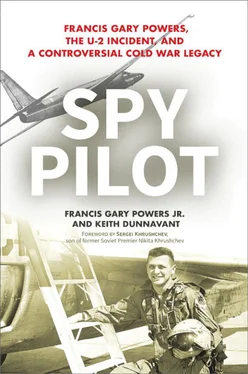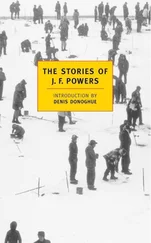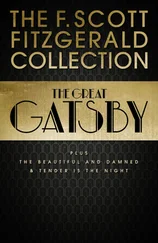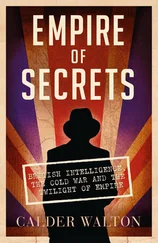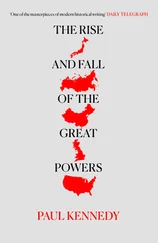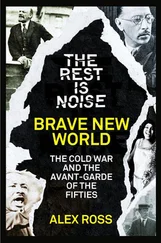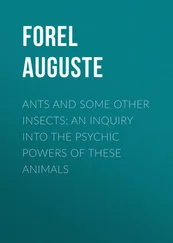They told me not to smile. If I smiled, it would be an insult to the Russian people.
Dressed in a suit and with a very solemn look on my face, I dropped to one knee and placed ten red roses in tribute.
I lingered for a few moments, thinking about what the pilot’s family must have gone through, how they had surely struggled to deal with the loss, and wondering how they suffered for all those years not knowing the truth of how he died.
Continuing to trace my father’s journey, I visited a local history museum in Yekaterinburg, once known as Sverdlovsk, where I sat in the back seat of the car my father rode in after being captured, and where I saw additional artifacts from the U-2 Incident, including a fragment of the plane. “It is now history,” I told the assembled reporters. 10“We can reflect on it and learn from it.”
I visited one of the old missile bases where the SA-2s were fired that blasted the U-2 out of the sky; the site where the wreckage crashed; and the place where Dad parachuted to Earth. The former collective farm was now a high-end housing development.
Most everyone seemed happy to greet me, including the mayor of Yekaterinburg, Yevgeny Roizman, as well as one of the nearby village mayors who hosted me for lunch and vodka shots. However, another mayor publicly announced that he wanted nothing to do with the son of the American spy and preferred that I not visit his village. I still stopped in the little town.
That was the only real animosity I felt on the whole trip. Everyone else was very nice and accommodating. I believed we helped foster a good relationship with the Russian people.
After learning I was going to be back in Moscow, I reached out to journalist Svetlana Tumanov, a onetime KGB agent (also married to a onetime KGB agent) whom I had met on a previous trip. Svetlana told me she was going to take me to an event. She didn’t elaborate.
During the taxi ride into the heart of Moscow with an interpreter and a business associate, I recognized a big green building in the distance. It was the Hall of Columns where my father’s show trial was orchestrated, the mysterious place that had often occupied so many of my thoughts. Soon the driver pulled up to the majestic building, and I learned that Svetlana, who was on her way, had arranged to take me inside the auditorium where my father had once been put on trial for his life.
We basically had to sneak in the back door, because we didn’t have official invitations for the event.
In the lobby, while sipping champagne, Svetlana introduced me to several dignitaries, including politician Serge Baburin, who would unsuccessfully seek the Russian presidency in 2018. “Baburin was thrilled [like] a little boy to meet Gary Powers Jr.,” she said.
Hard-liner Sergei Stepashin, a longtime Russian government official, was not so welcoming. “Oh, the son of the spy,” he said to Svetlana, before turning away.
Realizing the significance of the moment, as we prepared to enter the auditorium for a classical-music concert hosted by a pro-Palestine organization, Svetlana leaned in and told me, “Please compose yourself and think for the moment: what happened behind those doors in 1960!”
While the orchestra played Tchaikovsky and Rachmaninov, my mind drifted back to those difficult days. I could imagine my father in the dock on the stage. I could feel his fear.
It was truly a moving moment. I was walking in my father’s footsteps, and I felt a close connection to him.
Still, the lingering tension of my father’s life could be seen when CBS News Sunday Morning aired a segment in 2017 celebrating the birthday of the late Ian Fleming. After telling its audience that Francis Gary Powers “let himself be captured alive by the Soviets,” 11the news program ran an old tape of Fleming, asking what James Bond would have done in such a situation. “I hope he would have taken his pill,” Fleming said. 12Stunned by the insult on Memorial Day weekend, I wrote a letter of protest. This made me feel better, especially when it prompted CBS to air, the following Sunday, a correction stating that my father was under no orders to take his own life if captured. In 2018, about the time this book began moving through the editing process, a review for another book in the Wall Street Journal included a comment influenced by the still-swirling misinformation.
Some people who watched my father’s show trial and bought into the mythology attached to the U-2 Incident will always see Francis Gary Powers as a tainted figure. Some minds can never be changed. But I know the truth, and after devoting so much of my life to searching for it, the truth has set me free. Now more than ever, I am a man at peace.
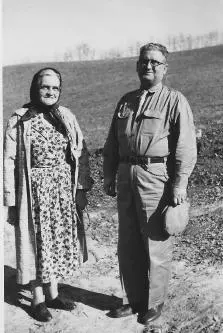
Ida and Oliver Powers found themselves in the spotlight when their son’s plane was shot down. (Powers Family Collection)

As a First Lieutenant in the US Air Force, Powers trained to drop nuclear bombs. (Powers Family Collection)
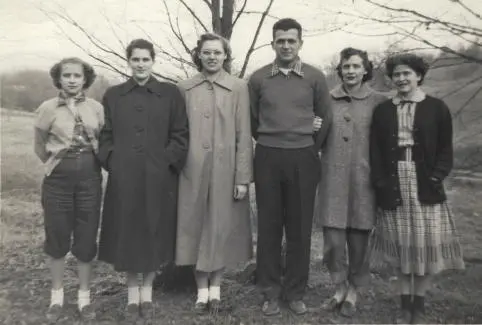
The only boy in the family, with his sisters. (Powers Family Collection)

Young Francis with his father, Oliver, and grandfather, James. (Powers Family Collection)
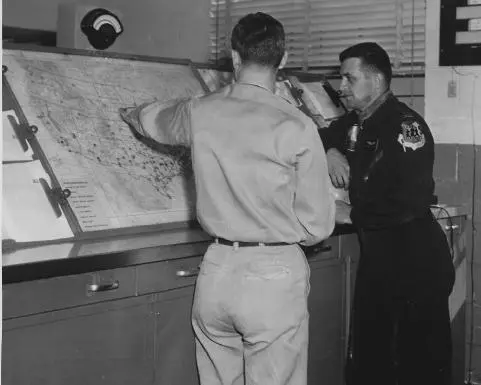
As a young US Air Force pilot, Francis prepares for a mission. (Powers Family Collection)
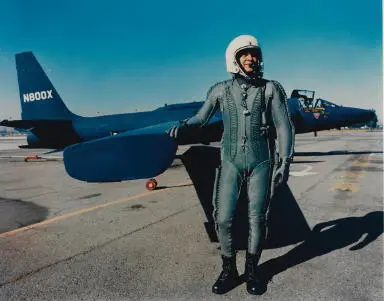
Heading to the edge of space required a specially designed pressure suit. (Powers Family Collection)

Pilots from the CIA’s air force, circa 1956, including Powers ( back row, far left ). (Powers Family Collection)
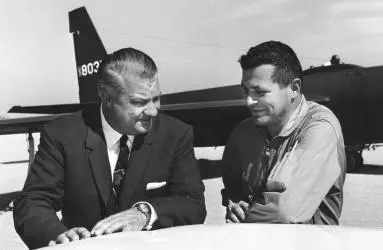
Powers with Lockheed’s Kelly Johnson, who designed the U-2. (Powers Family Collection)
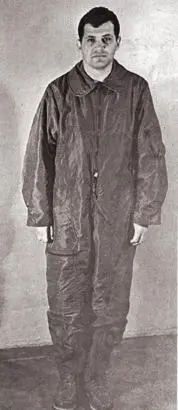
In prison, Frank lost more than twenty pounds. (Powers Family Collection)

Replica of the US silver dollar and poison-tipped pin U-2 pilots were given the option of carrying and using in the event of torture. (Powers Family Collection)
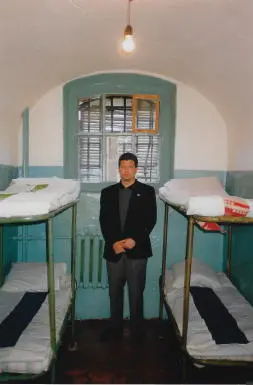
Standing in the cell his father once occupied, Gary Powers felt the weight of history. (Powers Family Collection)
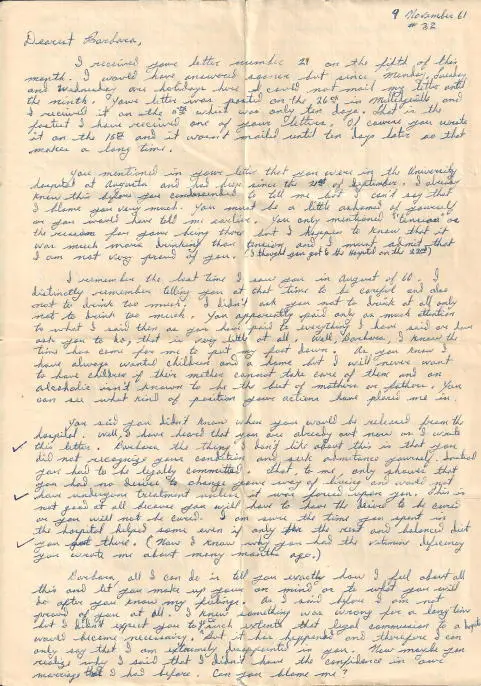
First page of a letter from Powers to Barbara, November 1, 1961. Letters were numbered to help Powers know which letters he sent and received. (Powers Family Collection)

Prison journal entry. (Photo by Eric Long, Smithsonian National Air and Space Museum [NASM], Washington, DC, February 3, 2011)
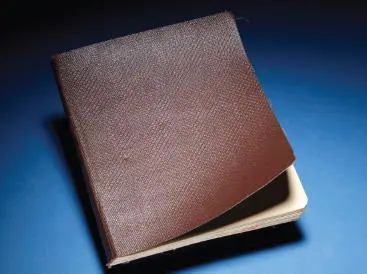
Powers’s prison journal. (Photo by Eric Long, Smithsonian National Air and Space Museum [NASM], Washington, DC, February 3, 2011)

Finally free after twenty-one months, Powers reunited with his mother, Ida. (Powers Family Collection)
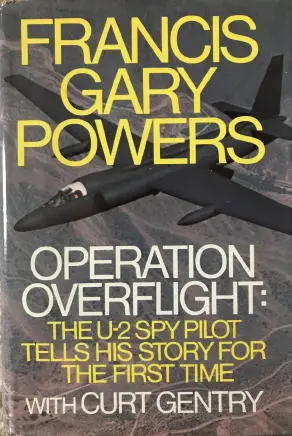
Powers’s autobiography, published in 1970.
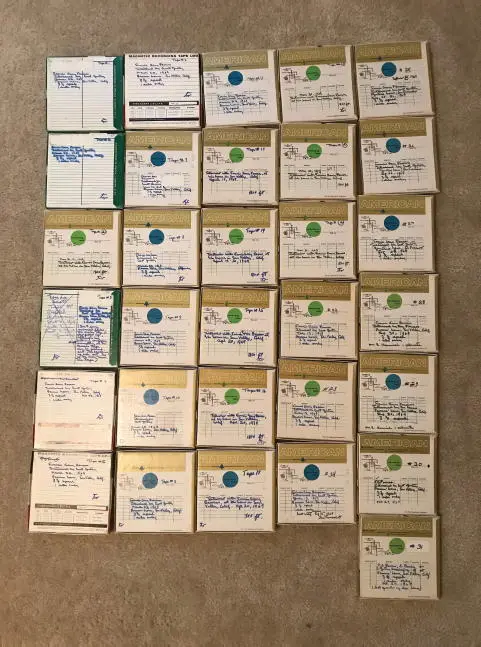
The original tapes for use in Operation Overflight . (Powers Family Collection)

Digitized version of one of the interview tapes for Operation Overflight and the original tape. (Powers Family Collection)
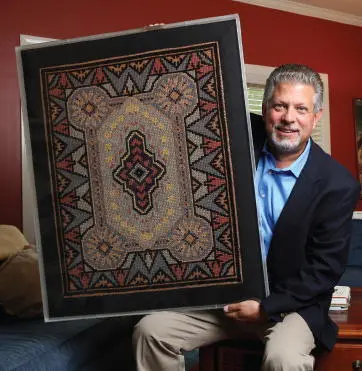
Francis Gary Powers Jr. holding one of three Latvian-style rugs that his father wove in Vladimir Prison. A similar rug is on display at the Smithsonian National Air and Space Museum. (Dan Currier)

The Powers family circa 1970: Frank, Sue, Dee, and Gary. (Powers Family Collection)
Frank and Sue’s wedding. (Left to right) matron of honor Edith Costello, Sue, Frank, and best man Joe Giraudo.
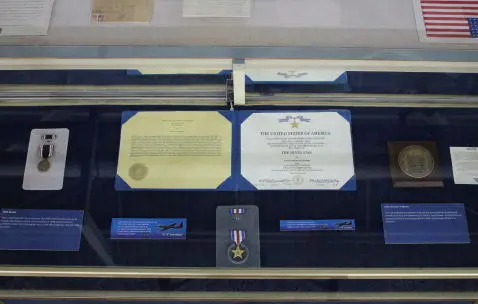
POW Medal, Silver Star, CIA Director’s Medal, and Award Citations. (Photo Courtesy of SAC and Aerospace Museum)

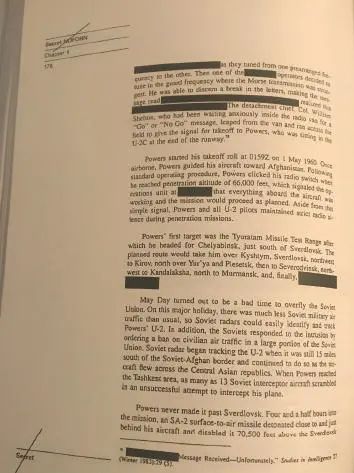

Cover and content portion of CIA report that cleared Powers, confirming that he was at his assigned altitude when he was shot down. (Powers Family Collection)
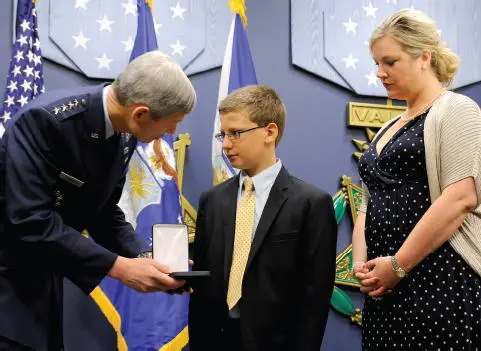
The US Air Force chief of staff, General Norton Schwartz, presents Francis Gary Powers’s posthumously awarded Silver Star to his grandchildren: Francis Gary Powers III, known as Trey, and Lindsey Barry. (US Air Force)
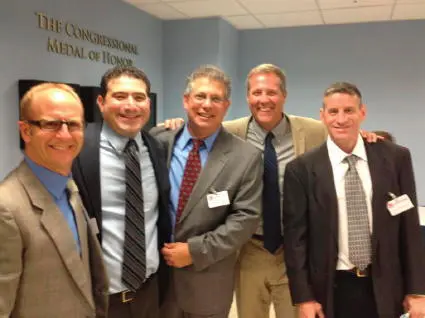
Joe Patterson, Jon Teperson, Gary Powers Jr., Chris Conrad, and Bob Kallos at the Silver Star ceremony. (Powers Family Collection)

Movie poster from Bridge of Spies , directed by Steven Spielberg. (Glendale, CA: DreamWorks, 2015)
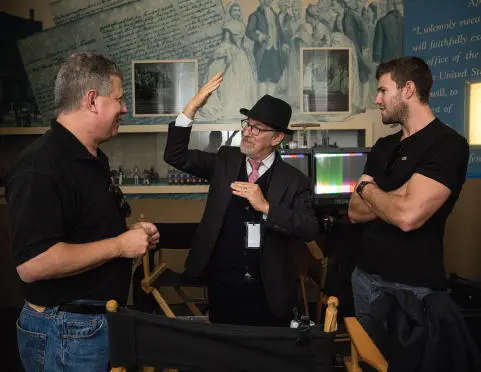
Gary Powers ( left ) helped Spielberg and actor Austin Stowell, who played Francis Gary Powers, with technical details. (Courtesy of Storyteller Distribution Co., LLC)
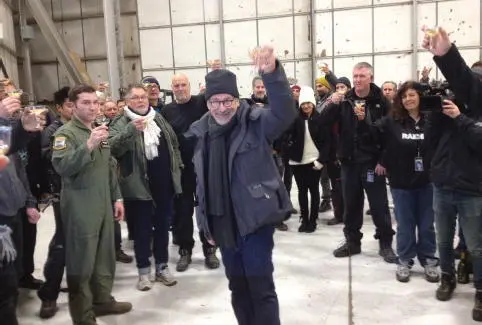
On the set of Bridge of Spies , director Steven Spielberg toasts Francis Gary Powers. (Courtesy Francis Gary Powers Jr.)

The Powers family circa 2015 in the Senate chamber of the Czech Republic while in Prague for a European press screening of Bridge of Spies . (Powers Family Collection)
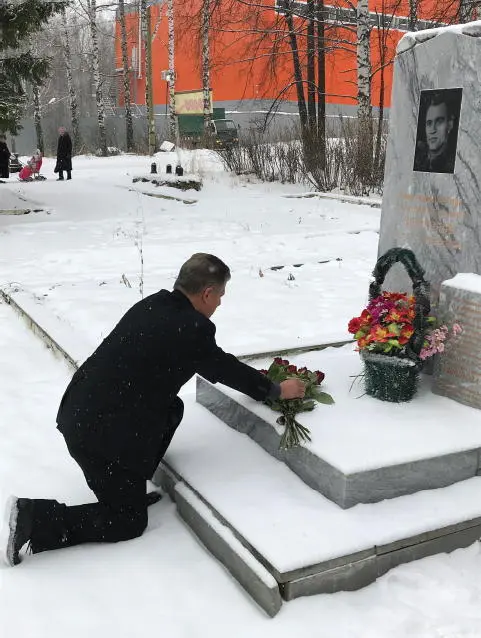
Francis Gary Powers Jr. pays his respects at the memorial of Russian pilot Sergei Safronov, the MiG pilot who was shot down by friendly fire in his pursuit of Powers on May 1, 1960. Safronov’s wife communicated to Gary Powers that she did not blame his father for her husband’s death nor bear any ill will toward him and his family, making this moment a symbol of healing between the East and the West. (Powers Family Collection)
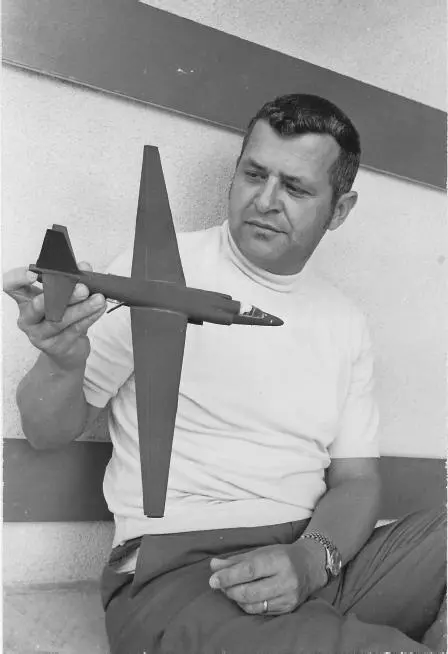
For the Cold War generation, Powers became synonymous with the U-2. (Powers Family Collection)
Читать дальше
